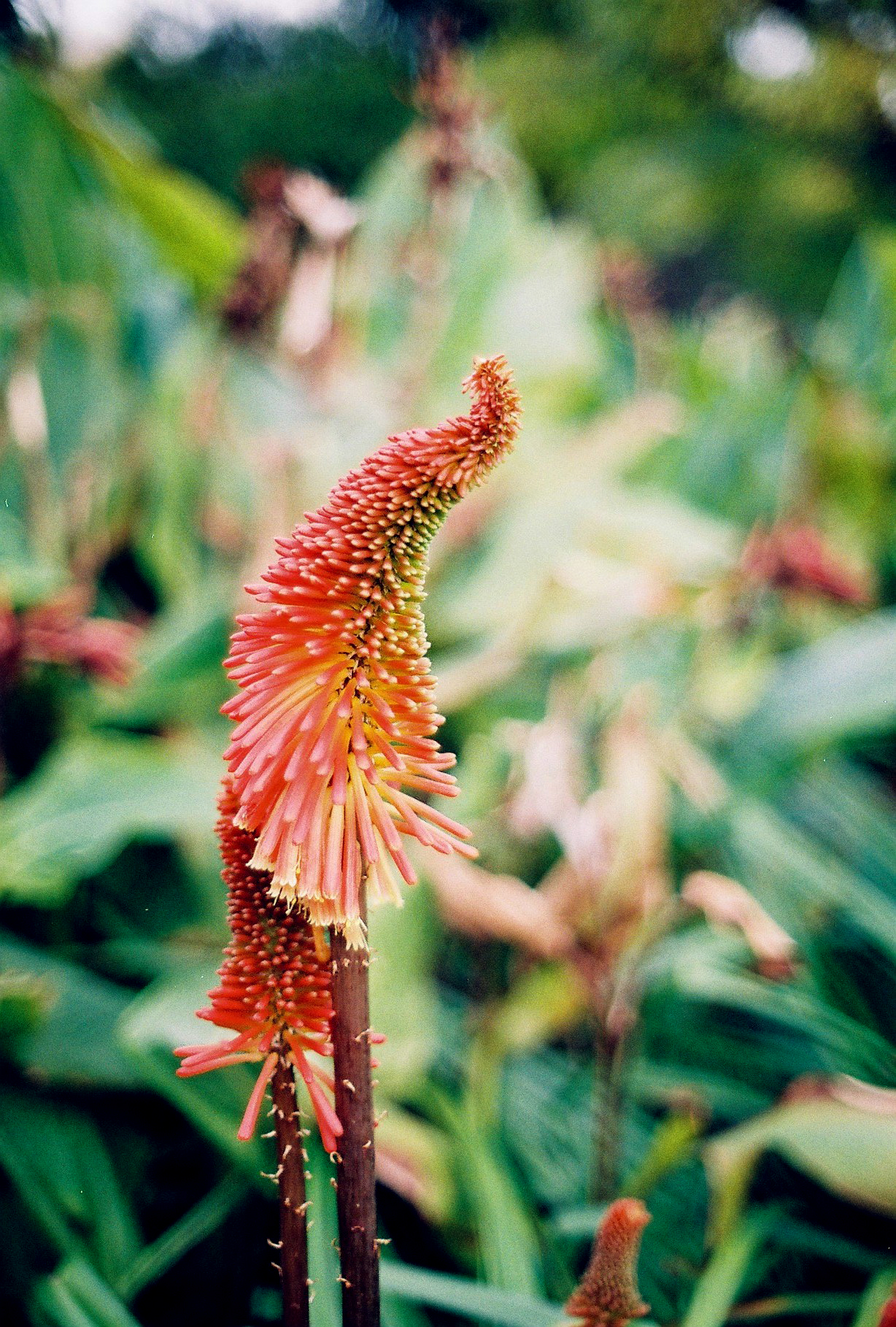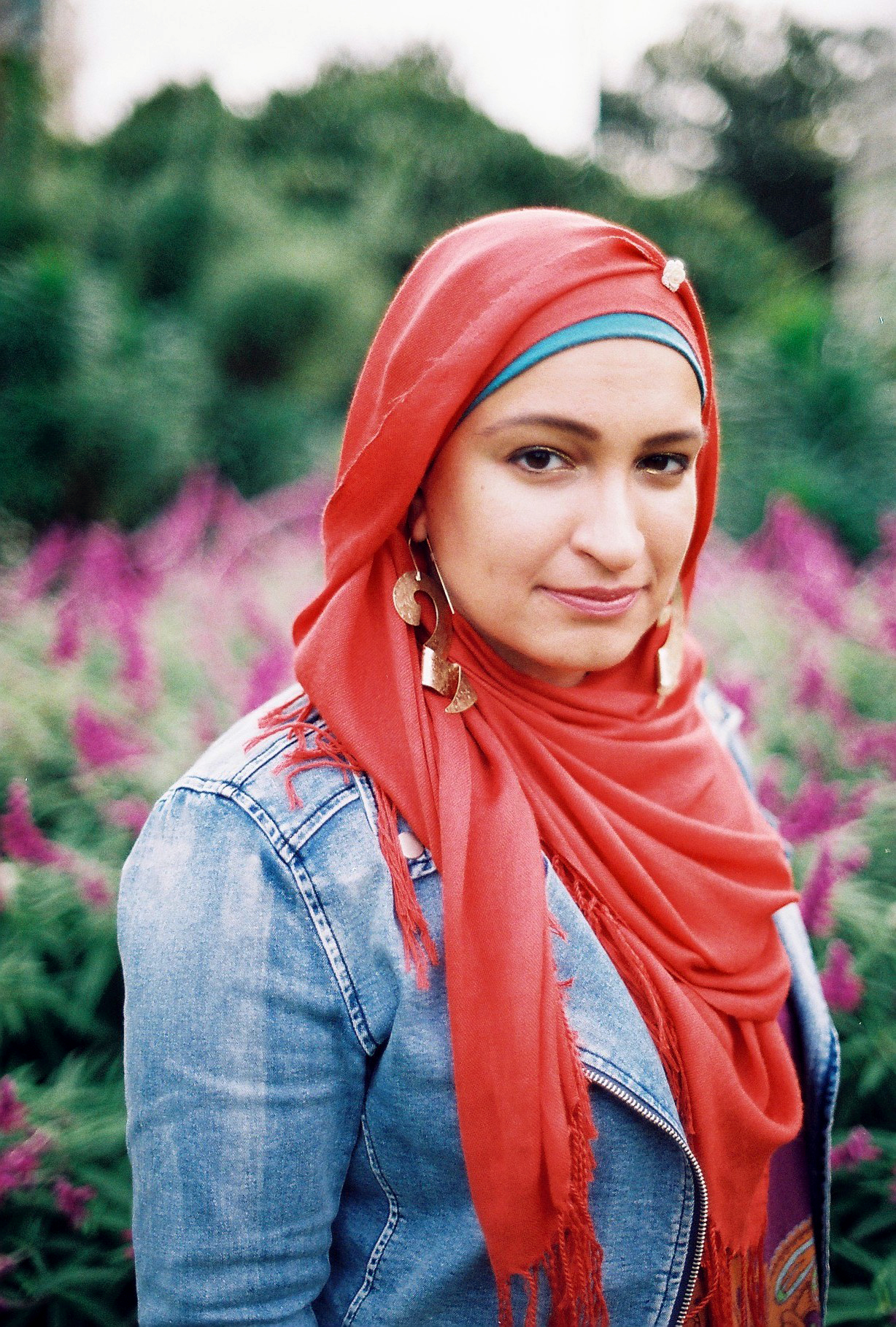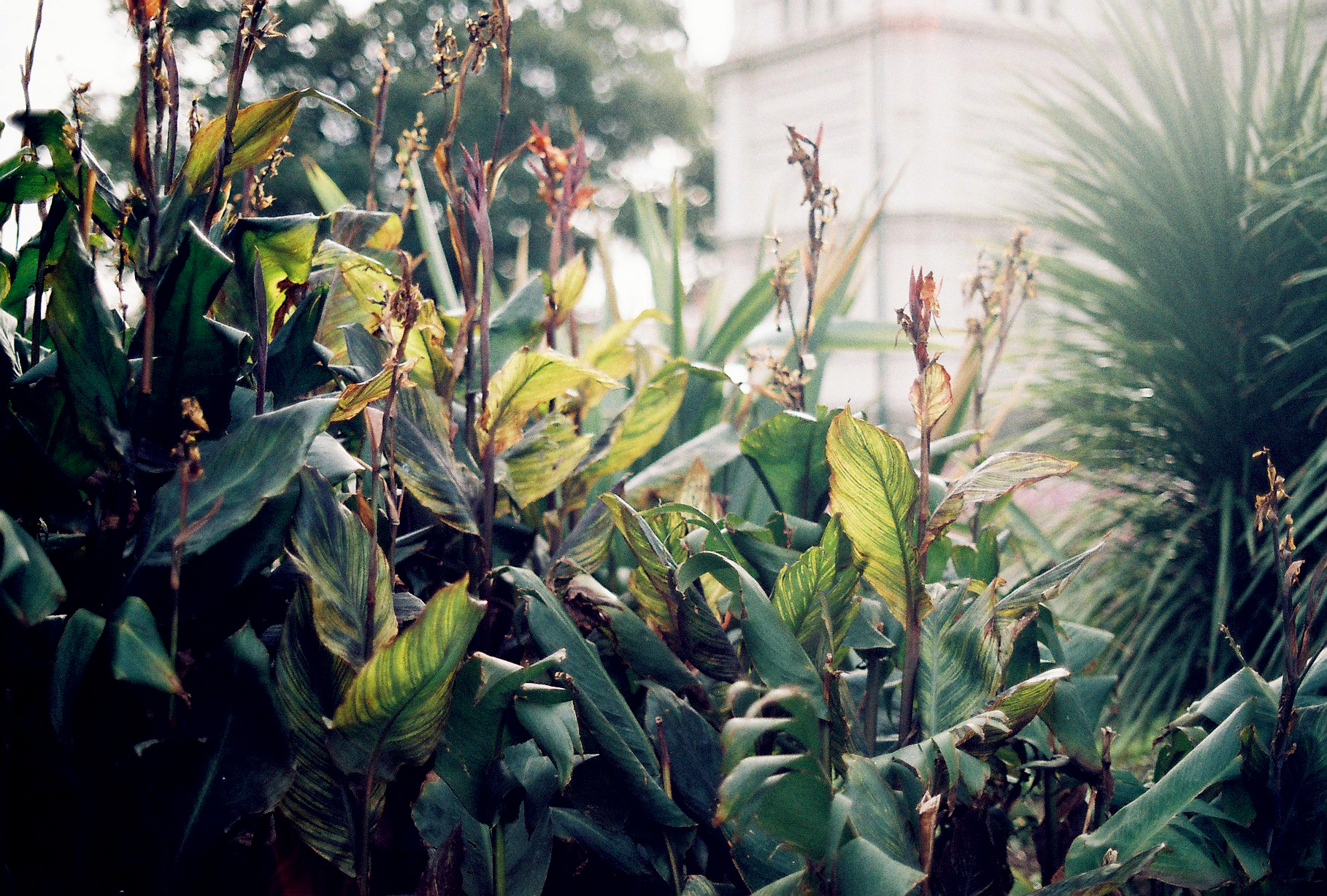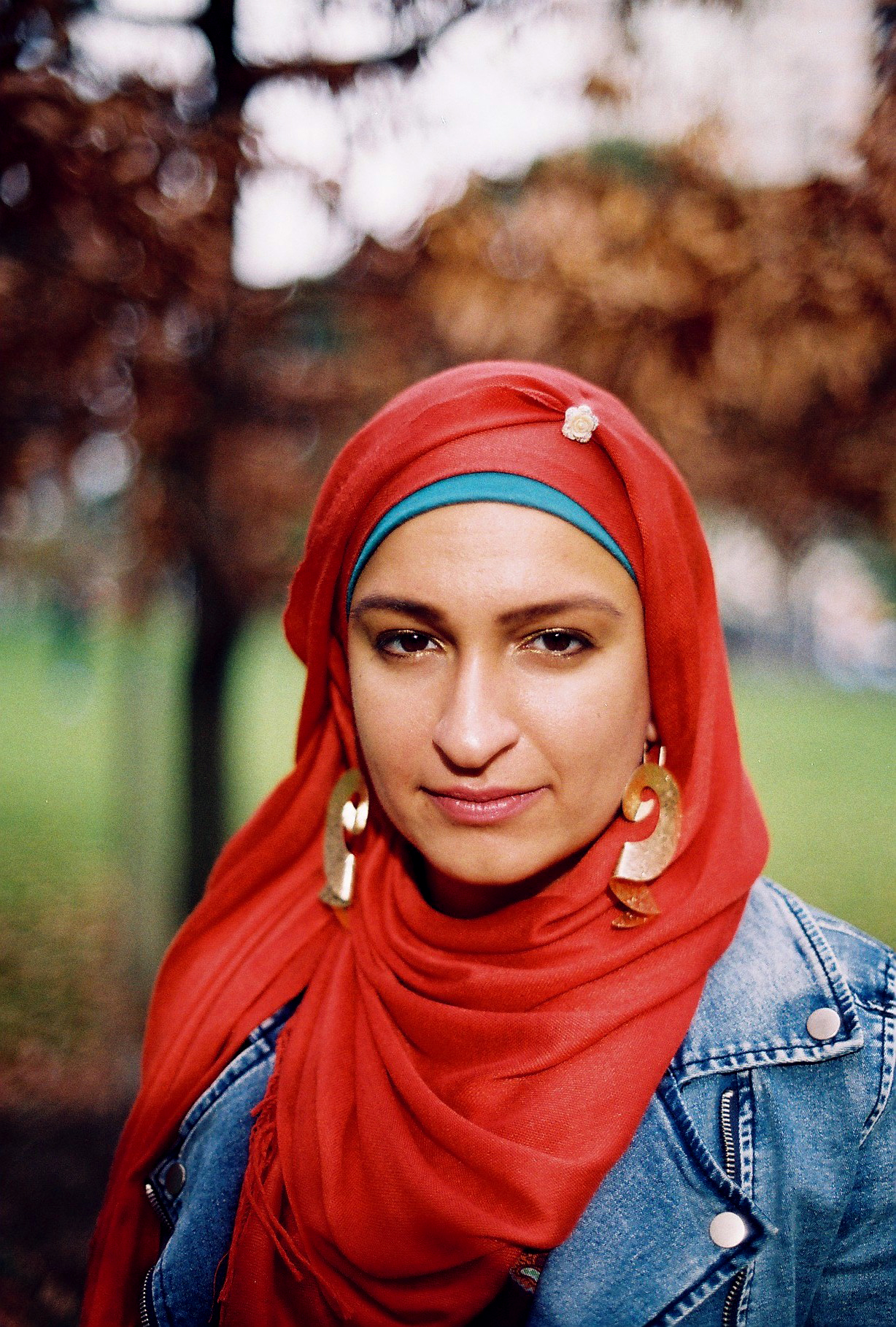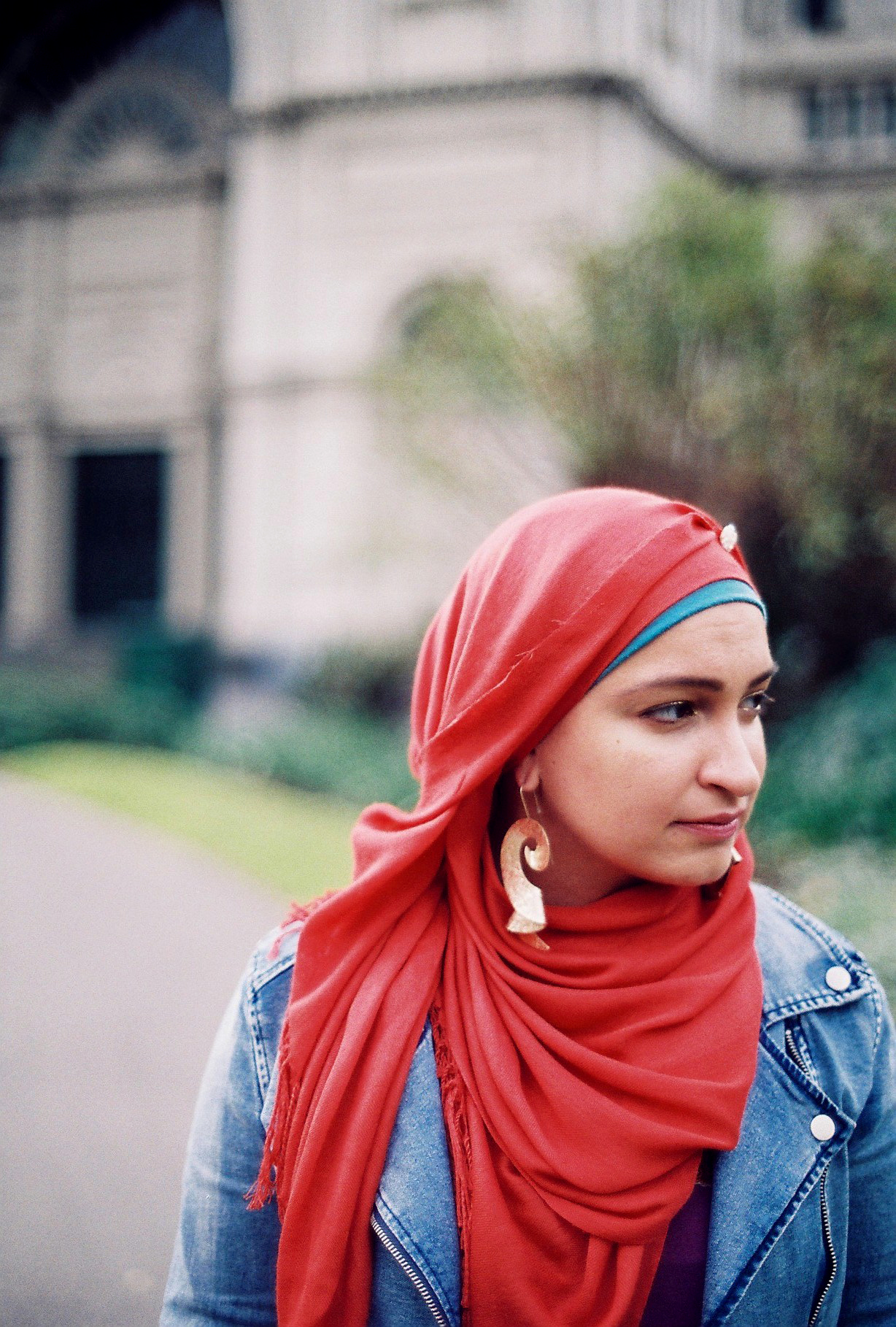Interview #77 — Maryam Azam
by Shirley Le
Maryam Azam is a Pakistani-Australian writer and teacher in Western Sydney. Her debut poetry collection is The Hijab Files (Giramondo, 2018).
Maryam Azam speaks to Shirley Le about finding her purpose as a poet, the process behind putting together her debut poetry collection, The Hijab Files, and Wallah bros.
Growing up, what shaped your understanding of ‘literature’?
I used to read a collection called Stories and Poems for Extremely Intelligent Children of all Ages, edited by Harold Bloom. It was a collection of works from the Western canon and set the benchmark for my understanding of literature. To my child self, it was a weighty tome in both senses of the expression.
How did you become involved in the Sweatshop Writers’ Collective and why is self-representation important to you?
I met Mohammed while undertaking a summer internship with Giramondo in my second year of university. When he heard about my creative writing Honours project, he invited me to attend the fortnightly Sweatshop workshops when they used to be held at the Bankstown campus of Western Sydney University.
A text speaks from a position of power, therefore reading representations based on assumptions and stereotypes are disempowering and upsetting. Self-representation is empowering, authentic and challenges those harmful representations. Moreover, seeing yourself authentically represented is an important form of self-validation and belonging.
How would you describe your style of poetry?
It seems to me that the poetry scene in Australia is dominated by academics, and while they are making great contributions to knowledge, it can often feel like you need a PhD to understand poetry. On the other hand, insta-poets like Rupi Kaur and Lang Leav have taken our generation by storm, connecting with millions of their followers via social media and selling up to half a million copies of their books—though critics often consider their writing clichéd. So it was important to me to develop a style of poetry that would be accessible to a broad audience while remaining an original contribution to knowledge. It meant writing poetry grounded in narrative which ensures there will always be a layer of meaning accessible to a general audience. I think poetry really lends itself to writing layers of meaning. I like to write in free verse with a focus on painting a picture of a particular moment – I’m influenced by the imagist poets – while incorporating the language of my heritage.
A text speaks from a position of power, therefore reading representations based on assumptions and stereotypes are disempowering and upsetting.
Self-representation is empowering, authentic and challenges those harmful representations.
Your debut collection of poetry The Hijab Files was published by Giramondo this year. What was the inspiration behind the title and what was the process behind putting this collection together?
Well I’m a big fan of The X-Files. Also there are so many Orientalist tropes around the mysterious, elusive veiled Muslim woman that a collection of pieces about the life and times of a Muslim woman feels like a case file.
The collection started out as part of the creative component of my Honours project, where I examined representations of the hijab in contemporary poetry. I decided to work on expanding those six poems into a collection which turned out to be quite a long process. I had to develop my poetry writing chops and for that to happen, I needed to understand what makes good writing. In addition to that, it took time to develop a writing style that could bring together an Islamic worldview in a Western Sydney setting that could be understood by most readers without sounding like an explanation. It was challenging because I didn’t have a model to follow.
While writing the poems for this collection, they seemed to fall neatly into three categories – poems about the day to day life of a young Muslim woman, encounters with men and poems that focused on some of the more esoteric elements in the life of a Muslim.
How has the hijab wearing woman been represented in the media and what will The Hijab Files add to this conversation?
The hijab wearing woman represented in Orientalised terms seems to be the norm in the media. Many without experience of the hijab themselves have no qualms writing about it. I like to think that the very existence of The Hijab Files challenges these representations and undermines the image of the oppressed Muslim woman without voice or agency.
There are poems in The Hijab Files that speak about your experience encountering Muslim women who take off the hijab for various reasons. What does wearing the hijab mean to you as a Pakistani-Australian Muslim woman living in Australia?
Wearing the hijab is a personal commitment to my faith. It is only one of many expressions of faith which is why there are many practising Muslims who choose not to wear it for various reasons. In today’s climate of islamophobia, it can be hard to wear something that so clearly marks you as a Muslim. I can completely understand why some women would not feel comfortable wearing it.
Wearing the hijab is a personal commitment to my faith. It is only one of many expressions of faith which is why there are many practising Muslims who choose not to wear it for various reasons. In today’s climate of islamophobia, it can be hard to wear something that so clearly marks you as a Muslim.
The Hijab Files also speaks to the experiences of dating as a Muslim woman in the digital sphere. What tips would you have for the people in your community navigating this space?
I’m hardly an expert at this space so I don’t really have any tips, except to encourage others to have a go at looking for a relationship in the digital sphere. In our circles, it can feel desperate to go online looking for love, but the reality is that the pool of potential partners in a country like Australia is very small given that Muslims are only 2% of the population. When you also consider there are many types of Muslims as well, the pool of potential partners becomes even smaller.
The title of the second chapter in The Hijab Files is ‘Wallah bro’. Who exactly is the ‘Wallah bro’?
A ‘wallah bro’ is a newly invented term for the ‘Muslim fuckboy’, though a Wallah bro is slightly different in the sense that he likes to police women on matters of religion – for example, dictating what is and isn’t appropriate for a Muslim woman to wear. At the same time he’s policing women, he’s not following the tenets of the religion himself. This is a great article about wallah bros.
Who do you write for and how has your community reacted to your work so far?
Sometimes I write with a younger version of myself in mind, keen to read about someone like her. Other times, an interested but unaware reader, for whom everything I’m writing about is new.
My community has reacted very positively. Many have said they’ve shared the book with the daughters, sisters and nieces in their lives who can relate to the themes of the collection. Some draw comparisons with Urdu poetry. I’m a little uncomfortable with these comparisons because I feel like my writing is being judged according to a Pakistani standard when I’m writing as a Pakistani-Australian and to me there’s a vast gulf between the two – not to mention the difference the nature of each language brings to bear on writing.
What’s next after The Hijab Files?
Not quite sure what shape the next major work will take as yet. At the moment, I’m collaborating on a script and working on poems for the Sweatshop Women’s Group anthology.
Your performances always capture the audience’s attention and you maintain a calm presence on stage. How do you prepare for a reading or performance?
I usually read over the work and think about the emotion the piece is trying to convey. I will mark words to stress and places to pause and rehearse it a couple of times.
Sometimes I write with a younger version of myself in mind, keen to read about someone like her. Other times, an interested but unaware reader, for whom everything I’m writing about is new.
What advice do you have for emerging poets?
Don’t try to be clever, mysterious or excessive with your literary devices. The reader should be able to grasp your meaning exactly. Write something that could only have been written by you.
Who are you inspired by?
The writers I work with at Sweatshop inspire me with their stories and their commitment to craft.
What are you listening to and what are you reading?
Rockin’ the Hijab by Deen Squad and Sour Heart by Jenny Zhang.
How do you juggle full-time work with a writing career?
As a teacher I am able to take advantage of the school holidays to work on my writing. When school term is on, I’ll wake up early to write before school and sometimes write during my lunch breaks. After school never works for me, I’m way too drained.
How do you practice self-care?
Binge watching TV. Having a cup of tea. Sitting in the sun. Reading for pleasure. Going for a long drive.
What is your hope for the future of the Australian literary industry?
I hope to see diverse stories from diverse writers in diverse Australian settings.
What does being Asian-Australian mean to you?
It used to mean that I never felt like I fully belonged in Australia or Pakistan. Now, I have come to accept it as an identity in its own right.
Don’t try to be clever, mysterious or excessive with your literary devices. The reader should be able to grasp your meaning exactly.
FIND OUT MORE
Interview by Shirley Le
Photographs by Leah Jing McIntosh


